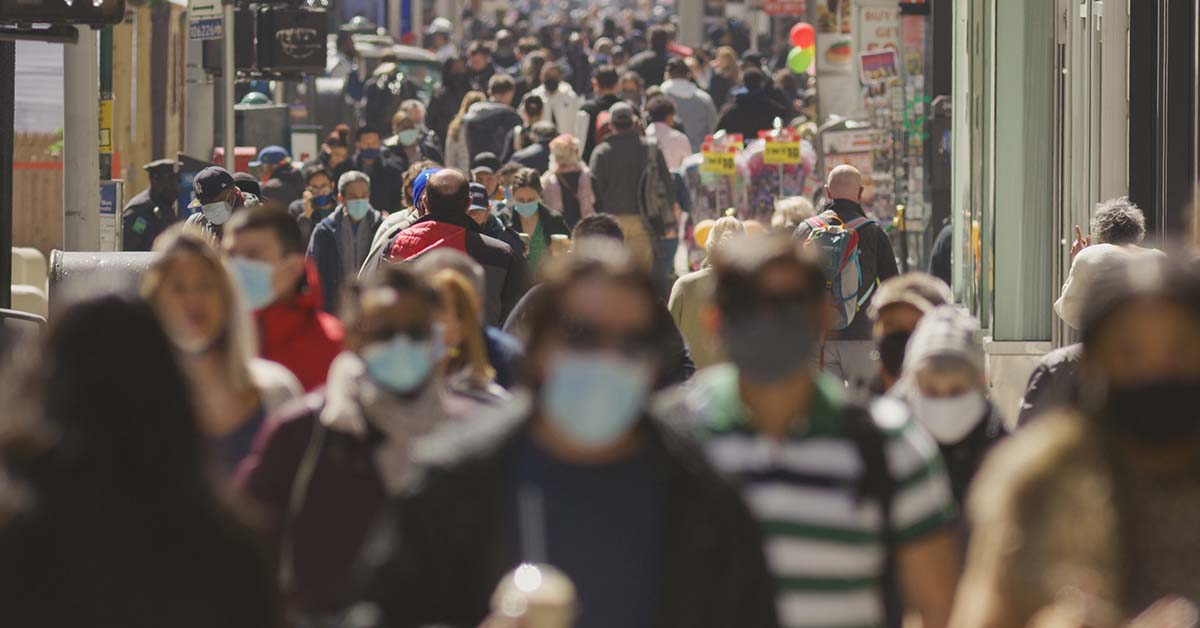Please fill out the details below to receive information on Blue Wealth Events
"*" indicates required fields

Helen shared a great article last week about some of the challenges caused by the series of lockdowns we have all endured over the last 18 months or so. We’re starting to see a growing body of evidence of a mental health ‘shadow pandemic’, but what do things look like for populations who have emerged from the pandemic with higher vaccination rates and a closer resemblance to our pre-COVID lives..?
United Kingdom
Well, since it’s familiar territory, let’s have a quick glance at the UK. As one of the world’s two Alpha ++ global cities, London was in a bit of trouble when it came to the pandemic. The first lockdown was difficult but was mitigated by a good summer and the fleeting novelty of watching daily briefings from the prime minister. Back in early-to-mid 2020, the prevailing theory was that COVID would prompt a baby boom, since couples were forced to sit next to each other constantly for weeks (and months) on end. Apparently, the opposite happened. The second and third lockdowns hit the UK in winter (over Christmas). Those were less of a novelty.
…but as spring emerged in late-Q1 2021, the UK progressively loosened lockdown. What happened? People started spending money on fun things like restaurants and recreation. That has continued to happen into the summer, but statistics for that period won’t be available for another month.
United States
When the pandemic first arrived, I naively thought it might just be the one issue that could unite Americans. How wrong I was! Nevertheless, approximately 370 million doses have been administered in the US and about 63 percent of the total population have had at least one dose (according to Our World in Data). As was the case for Australia, however, vaccination rates have very little to do with dwelling prices. According to the Federal Reserve Bank of St Louis (FRED), the US median house price grew 16.2 percent from Q2 2020 to Q2 2021—and the sharpest growth took place earlier in the pandemic.
Outside of the real estate market, we see something similar with consumer spending. Although this figure dropped substantially in Q2 2020, it has since surged beyond $13.5 trillion USD—a record quarter.
How do they compare to Australia..?
Although it’s too early to know what the newest lockdowns are doing to the Australian economy, we do know that dwelling values are continuing to increase everywhere but Darwin. Over the month of August 2021, the strongest unit performance was Hobart (2.58 percent) and Brisbane (1.39 percent). The strongest house price performance came from Canberra (2.37 percent) and Hobart (2.18 percent).
When it comes to consumer confidence, we have definitely seen a drop, BUT not as significant as what we saw in 2020. This, however, will likely result in modest consumer spending statistics for Q3 2021 when this information becomes available. According to the Commonwealth Bank Housing Spending Intentions Series, retail spending intentions appear to be the hardest hit by the new lockdown. Health and fitness, on the other hand, has skyrocketed.
